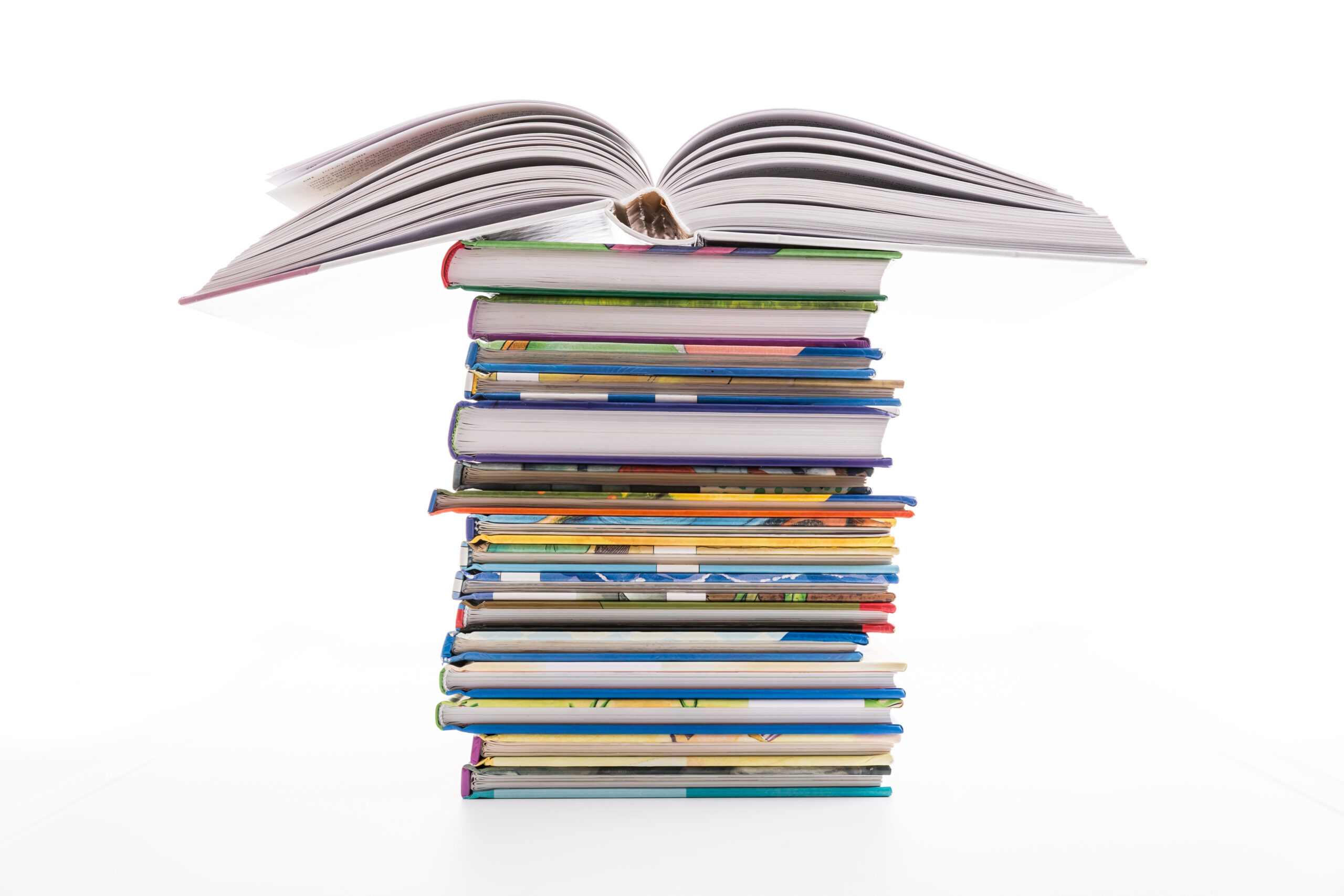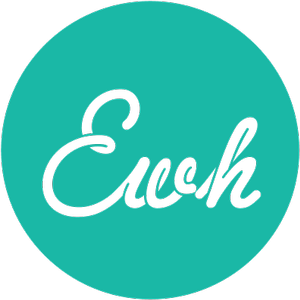
Understanding the Children’s Book Market: Age Categories and Genres
Demystifying the difference between PB, CB, MG, YA, and more
One of the most important things a children’s book writer can do—besides writing a strong story—is to understand who you’re writing for. The world of children’s literature is wonderfully wide-ranging, but that means it comes with its fair share of industry shorthand and nuance. Terms like PB, CB, MG, and YA are used constantly in publishing conversations, and if you’re unsure what they mean, it can feel like you’re on the outside looking in.
Let’s clear that up.
Below is a breakdown of the major age categories in children’s publishing, with brief descriptions and comparison charts to help you position your work—and your submissions—correctly. Bear in mind that these age ranges are not set in stone—depending on genre, you may find “older picture book” or “early middle grade” references, but these are the industry standards that inform where and how children’s books get shelved in bookstores and libraries across the country.
Board Books (Ages 0–3)
Board books are designed for the very youngest readers—babies and toddlers—who are just beginning to engage with books. They are typically small in trim size, made with thick, durable cardboard pages, and feature simple concepts, minimal text, and bold, high-contrast illustrations. Many focus on first words, numbers, animals, or everyday routines. They usually have only a few pages – 8 (4 double page spreads) or 16 (8 double page spreads) being the most common, and are built to be handled (and chewed on!) by tiny hands. Classic examples include Goodnight, Gorilla and The Very Hungry Caterpillar.
| Board Books | |
|---|---|
| Target Age | 0–3 years |
| Length | 8–20 pages (minimal text) |
| Features | Durable, chewable, few words |
| Focus | Concepts, first words, routines |
Picture Books (Ages 3–7)
Picture books are typically 32 pages long and rely on the interplay between text and illustration to tell a complete story. They can range from concept-driven works for toddlers to more narrative-driven stories for older readers, with the sweet spot being early elementary aged children between 3-5. Picture books are meant to be read aloud—usually by an adult to a child—and as such, they often feature lyrical language, strong rhythms, sophisticated themes that resonate on multiple levels, and high quality illustrations that tell as much if not more of the story as the text does. While the vocabulary may be simple, the emotional depth and storytelling craft are anything but. The best picture books engage both the child and the grown-up reader, inviting repeat reads and deeper discussion. Classic examples include Where the Wild Things Are, I Want My Hat Back and Owl Moon.
| Picture Books | |
|---|---|
| Target Age | 3–7 years |
| Length | ~32 pages |
| Illustration | Essential to storytelling |
| Focus | Read-aloud, rhythm, theme |
Leveled Readers / Early Readers (Ages 5–7)
Often labeled with stages or levels (like “Step into Reading” or “I Can Read!”), early readers are written specifically for children who are just learning to decode language and read independently. These books use controlled vocabulary, short sentences, and repetition to build confidence and fluency. They’re usually divided into levels to support a child’s progression from recognizing sight words to reading full paragraphs, and often include age-appropriate humor or familiar characters to keep young readers engaged. Leveled readers are often adaptations of existing successful picture book series, or are written by in-house writers at publishing houses.
| Early Readers | |
|---|---|
| Target Age | 5–7 years |
| Length | 200–1,500 words |
| Features | Short sentences, repetition |
| Focus | Phonics, fluency, confidence |
Chapter Books (Ages 6–9)
Chapter books bridge the gap between early readers and middle grade novels. These books are for children gaining reading independence and confidence. They feature short chapters, accessible language, and usually include spot illustrations throughout. Series dominate this space, with recurring characters that young readers can follow from book to book. Classic examples include The Magic Treehouse series, Mercy Watson, Captain Underpants and Junie B. Jones.
| Chapter Books | |
|---|---|
| Target Age | 6–9 or 7–10 years |
| Length | 4,000–15,000 words |
| Illustration | Spot art every few pages |
| Focus | Friendship, family, adventures |
Middle Grade (Ages 8–12)
Middle grade novels offer more complex plots and deeper emotional themes while still being age-appropriate. These stories often center around friendships, identity, family, and coming-of-age experiences. While first-person POV is increasingly popular, many MG novels are still written in third person. The content remains accessible to young readers—no explicit language, no graphic romance—but the emotional stakes run high. Classic examples include Harry Potter, Percy Jackson and the Olympians, A Wrinkle in Time, Because of Winn Dixie, Where the Mountain Meets the Moon, and Charlie and the Chocolate Factory.
| Middle Grade | |
|---|---|
| Target Age | 8–12 years |
| Length | 25,000–50,000 words (avg.) |
| Features | Emotional depth, more complex plots |
| Focus | Self-discovery, peer dynamics |
Young Adult (YA) (Ages 13 and up)
YA novels center around teen protagonists and the issues that matter to them: identity, relationships, mental health, social justice, sexuality, and more. These books tend to be fast-paced, voice-driven, and emotionally intense. YA fiction often blends genres (romance, fantasy, thriller, etc.) and is widely read by adults as well as teens. Classic examples include The Hunger Games, Twilight, The Hate U Give, and The Fault in Our Stars.
| Young Adult | |
|---|---|
| Target Age | 12–18 years |
| Length | 50,000–75,000+ words |
| Features | Strong voice, complex themes |
| Focus | Autonomy, transformation |
And Then There’s…
- Graphic Novels: Found across all age categories, these visual narratives blend illustration and dialogue in a comic-style format. A powerful gateway for reluctant readers.
- New Adult (NA): Targeted at readers ages 18–25, this emerging category explores the transition from adolescence to adulthood. Themes often include college life, first jobs, independence, and identity. While not typically considered part of the traditional children’s book market, it bridges the gap between YA and adult fiction.
Why It Matters
Understanding the distinctions between these categories isn’t just about marketing—it’s about craft. Knowing your target reader affects your word choice, sentence structure, themes, and even pacing. It also shapes how you pitch your manuscript to agents, editors, and publishers.
When you can clearly say, “This is a humorous chapter book for ages 7–9, around 8,000 words, with light black-and-white illustrations,” you show that you’ve done your homework—and that you respect the business as much as the art.
